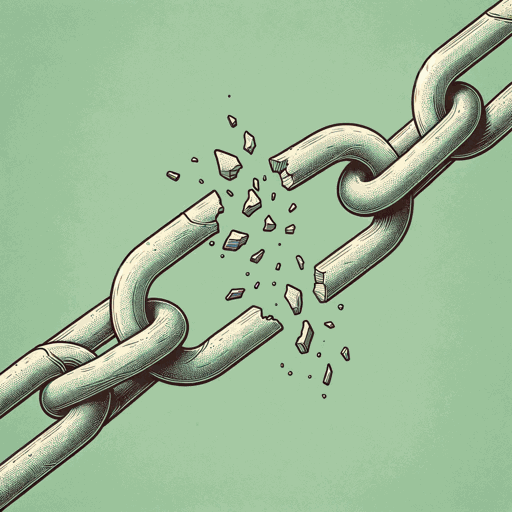58 pages • 1 hour read
Carol AndersonOne Person, No Vote
Nonfiction | Book | Adult | Published in 2018A modern alternative to SparkNotes and CliffsNotes, SuperSummary offers high-quality Study Guides with detailed chapter summaries and analysis of major themes, characters, and more.
Chapter 1Chapter Summaries & Analyses
Chapter 1 Summary: “A History of Disfranchisement”
Republican Donald Trump’s Electoral College victory in the 2016 presidential election shocked the world. Despite Trump frequently denigrating people of color, the election saw a 7% decrease in African American turnout since the 2012 election. Anderson charges that the drop in African, Hispanic, and Asian American turnout is “the campaign’s most misunderstood story” as this statistic is the result of voter suppression policies in Republican-controlled states (1).
These laws are the successors of Jim Crow laws in the Southern United States. White aristocrats disdained the new Black elected officials of Reconstruction and devised laws like the Mississippi Plan of 1890 to target African Americans without violating the Thirteenth Amendment. A prominent part of these laws was the literacy test, which officials claimed was necessary for a well-informed electorate even though states left many Black students with a limited education. Meanwhile, registration offices gave jargon-filled legal passages to Black candidates and deliberately failed aspiring voters. By 1953, 11 Deep South counties with majority-Black populations only registered 1.3% of the voter-eligible population. Meanwhile, the poll tax forced voters to pay both an annual fee and back pay for previous years of eligibility, which disqualified poor Black farmers.
Related Titles
By Carol Anderson


